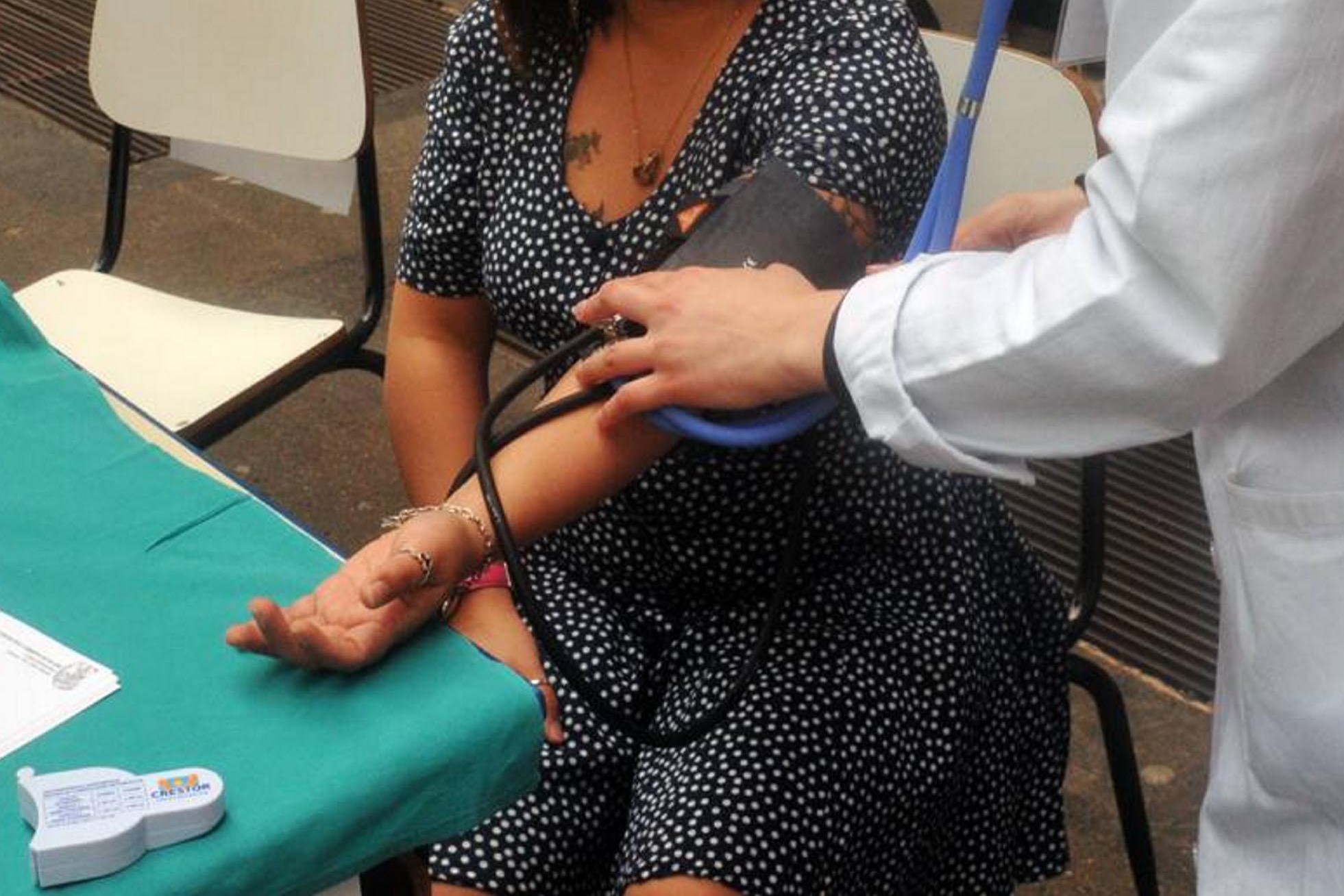
Drug therapy for the treatment of high blood pressure
Therapy against hypertension is the only way to ‘knock down’ this dangerous cerebro-cardio-renal-vascular risk factor that affects all ages, from 10% of children and young people, to 30% of adults, up to 55% of the elderly population
Lifestyles and therapies against hypertension
After a more or less long period of hygienic and nutritional measures (physical activity and appropriate diet) and should blood pressure remain elevated (≥120/80 mmHg, according to the latest Guidelines), it becomes imperative and advisable for the hypertensive person, on the advice of his or her doctor, to begin pharmacological treatment.
This must be articulated with one or more substances from the six pharmacological classes available.
The mechanisms by which drugs reduce blood pressure values are different, but all, with a final vasodilating effect, tend to decrease the characteristic vasoconstriction of the chronic hypertensive state.
QUALITY AED? VISIT THE ZOLL BOOTH AT EMERGENCY EXPO
One antihypertensive substance slowly reduces blood pressure by about 8-10% over 10-15 days, a percentage that increases when several drugs are combined.
These products, apart from a few drugs, are designed to give a slow effect and to avoid abrupt, unnecessary and harmful reductions in blood pressure.
Anti-hypertensive treatment generally has to be ‘constructed and adapted’ in several visits and most often is carried out with small doses of several products (pharmacological associations) in order to limit complications and at the same time use several pharmacological actions with additional, often synergic, activity, in any case correcting any side effects.
This obviously implies having to make several ‘attempts’ to find that drug or pharmacological association most suitable or best suited to the subject.
The doctor must establish the substances that the hypertensive person will be able to take (personalised therapy), preferably it will always be the same doctor who will decide whether and when to replace the drugs being treated, obviously with a justification.
Antihypertensive therapy and side effects
The hypertensive person does not experience any discomfort before starting the medication (high blood pressure does not induce discomfort and if the patient does experience discomfort, it is of a different kind, such as a migraine headache), whereas once the medication has been started, he or she may experience some discomfort (side effects).
In such cases, the patient is inclined to stop taking the pills or tablets on his own initiative, with the consequence of having high blood pressure values again after a short time.
The discontinuation of therapy, even for a few days, could induce a so-called ‘rebound’ effect (at least with some drugs) consisting of a sudden rise in blood pressure, which some organisms would not be able to cope with, and organ damage would occur.
Therefore, before deciding to stop medication, even when tedious side effects occur, it is always advisable to consult a doctor, preferably the same one who diagnosed the hypertensive condition, who recommended the treatment, who knows the patient and his psycho-physical characteristics. At this stage, it is important for the doctor’s role to ‘reassure’ the patient not to discontinue the medication and to remind him/her that most of the time, side effects regress as the treatment continues.
An excellent method, as part of a good doctor-patient relationship, is to explain to the patient the action of the drugs, any side effects and the reason for requesting investigations.
In particular, the patient’s attention must be drawn to the problems associated with the level of hypertension, either with possible still sub-clinical or asymptomatic damage such as one or more atherosclerotic plaques in the carotid system, or with the presence of clinically evident complications.
If there is a need for discontinuation, the doctor will certainly logically change the doses of the drugs taken, or replace them with others that he deems more favourable.
The change will have to be made very tactfully, as the patient may sometimes perceive it with ‘suspicion’.
A firm rule is to gradually reduce high blood pressure values while conveying confidence to the patient, with copious explanations geared towards ‘letting him know his blood pressure’.
Read Also:
Emergency Live Even More…Live: Download The New Free App Of Your Newspaper For IOS And Android
Blood Pressure: When Is It High And When Is It Normal?
Kids With Sleep Apnea Into Teen Years Could Develop High Blood Pressure
High Blood Pressure: What Are The Risks Of Hypertension And When Should Medication Be Used?
Pulmonary Ventilation In Ambulances: Increasing Patient Stay Times, Essential Excellence Responses
Thrombosis: Pulmonary Hypertension And Thrombophilia Are Risk Factors
Pulmonary Hypertension: What It Is And How To Treat It
Seasonal Depression Can Happen In Spring: Here’s Why And How To Cope
The Developmental Trajectories Of Paranoid Personality Disorder (PDD)
Intermittent Explosive Disorder (IED): What It Is And How To Treat It
Stress And Distress During Pregnancy: How To Protect Both Mother And Child
Assess Your Risk Of Secondary Hypertension: What Conditions Or Diseases Cause High Blood Pressure?
Pregnancy: A Blood Test Could Predict Early Preeclampsia Warning Signs, Study Says
Everything You Need To Know About H. Blood Pressure (Hypertension)
Non-Pharmacological Treatment Of High Blood Pressure


